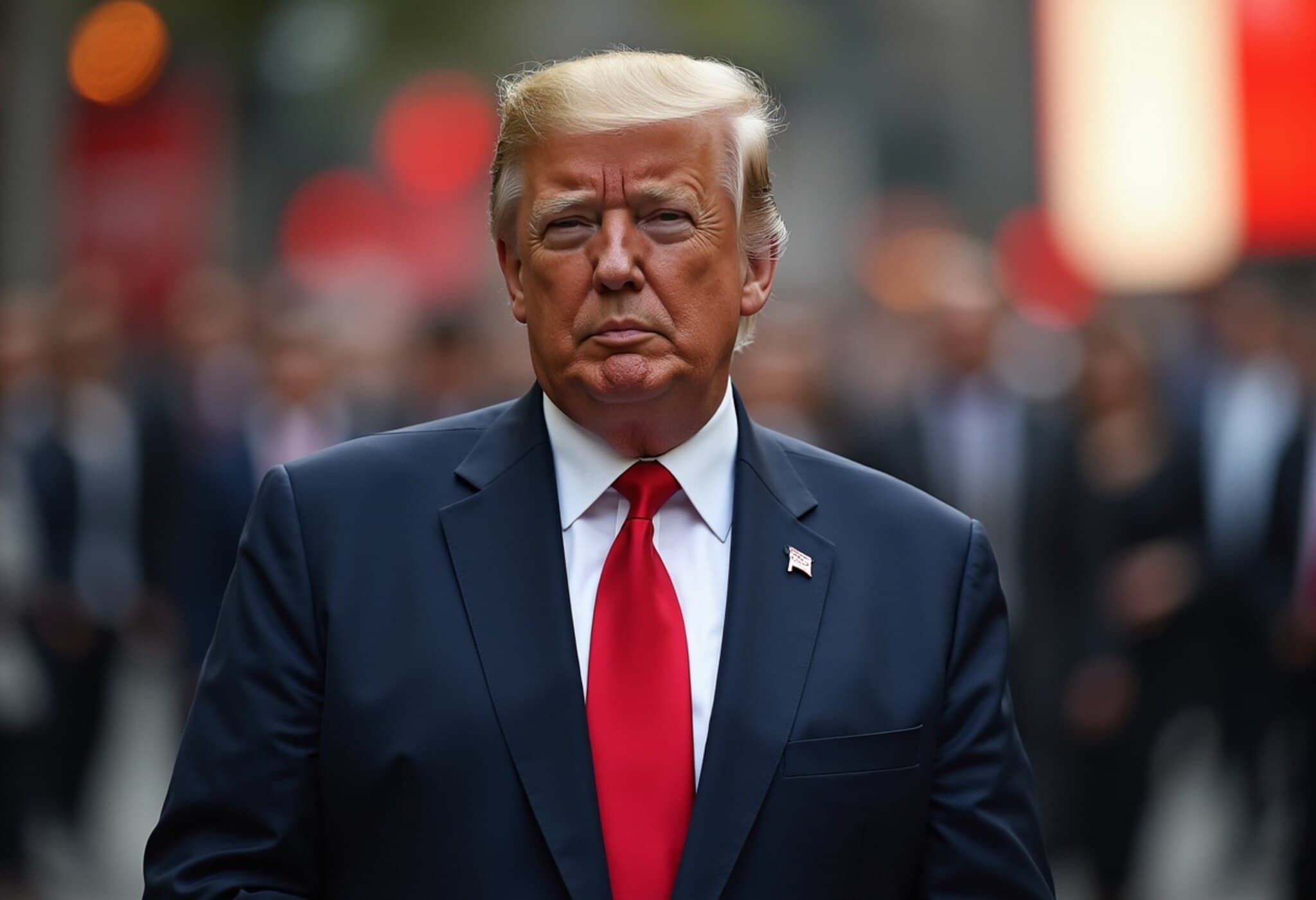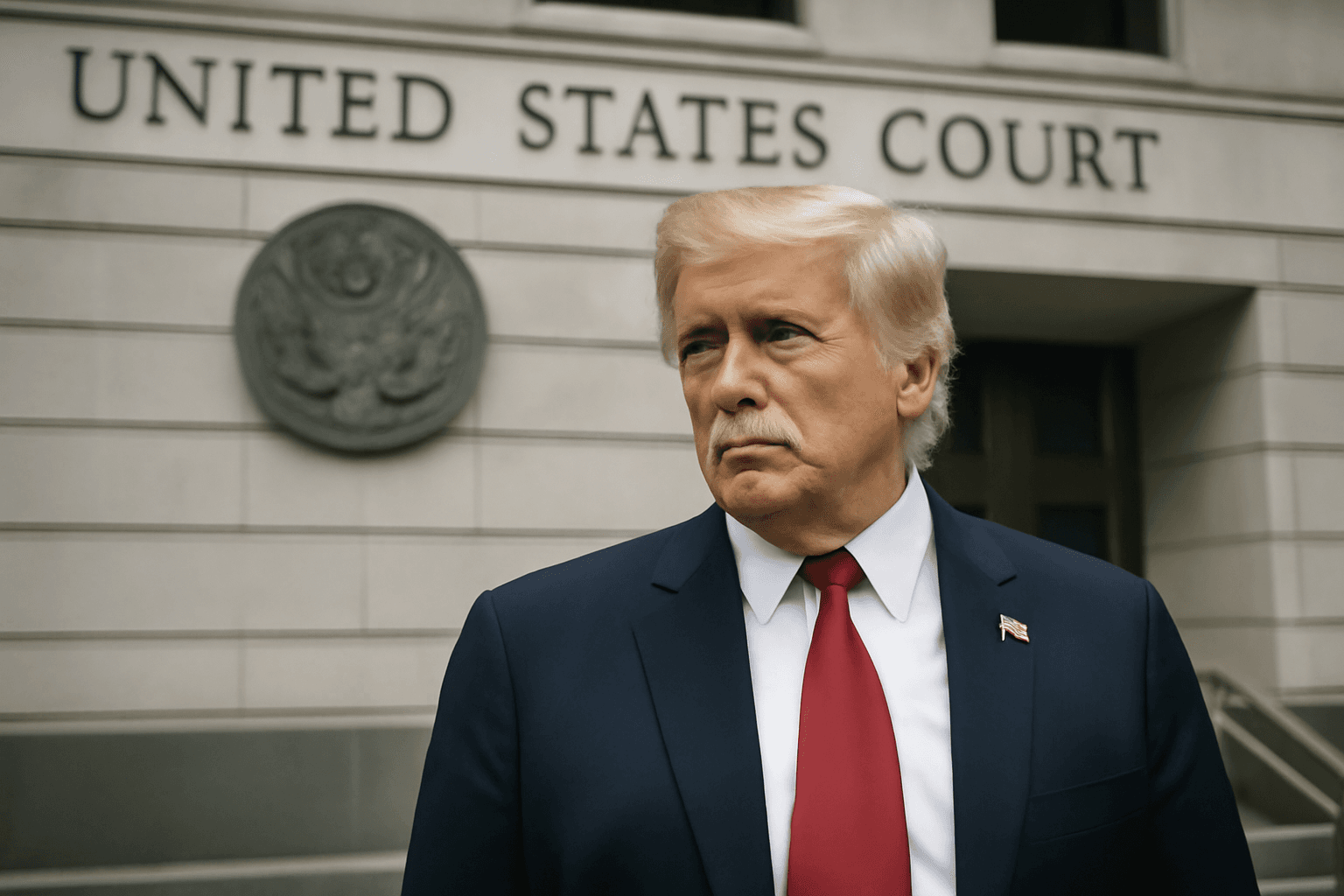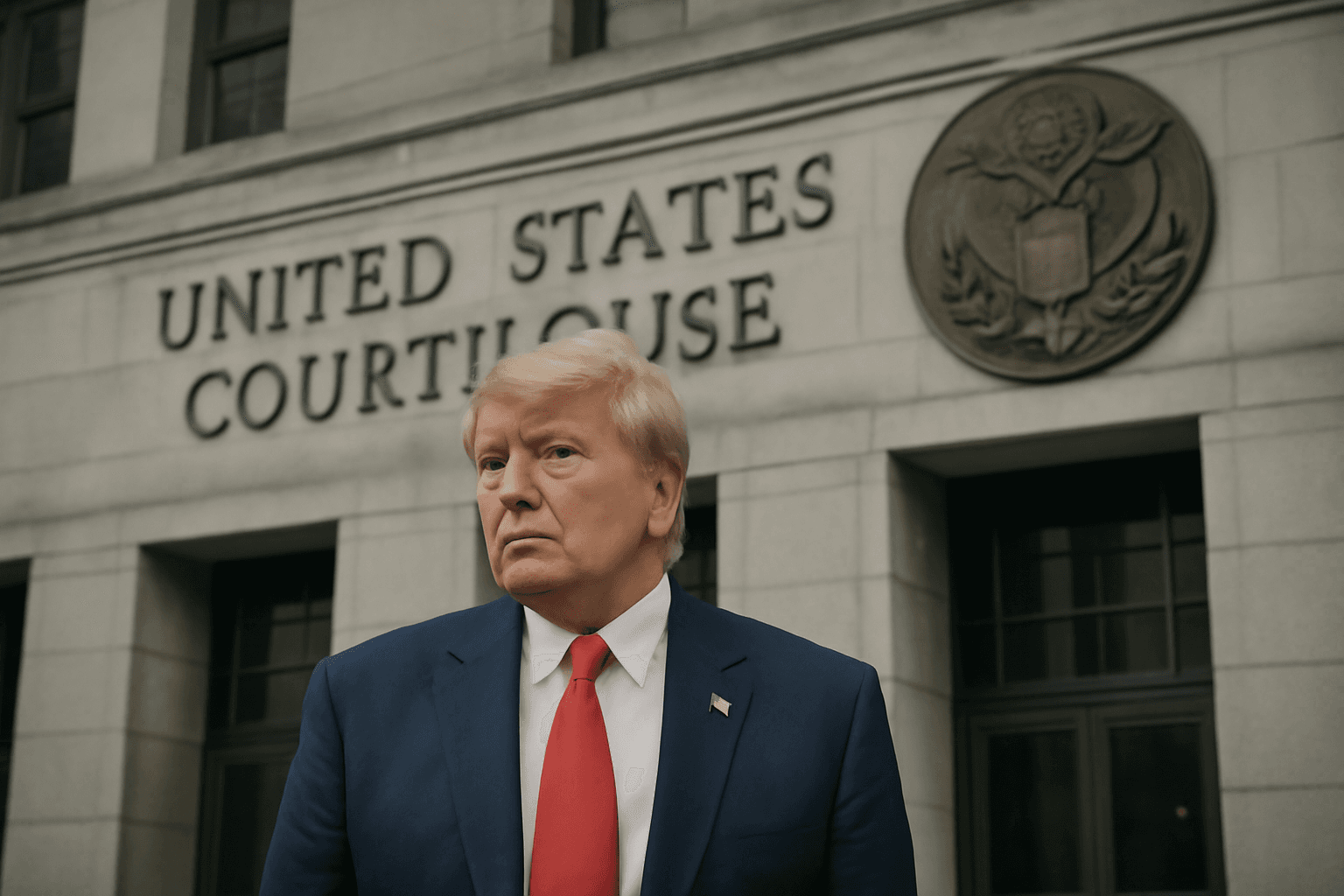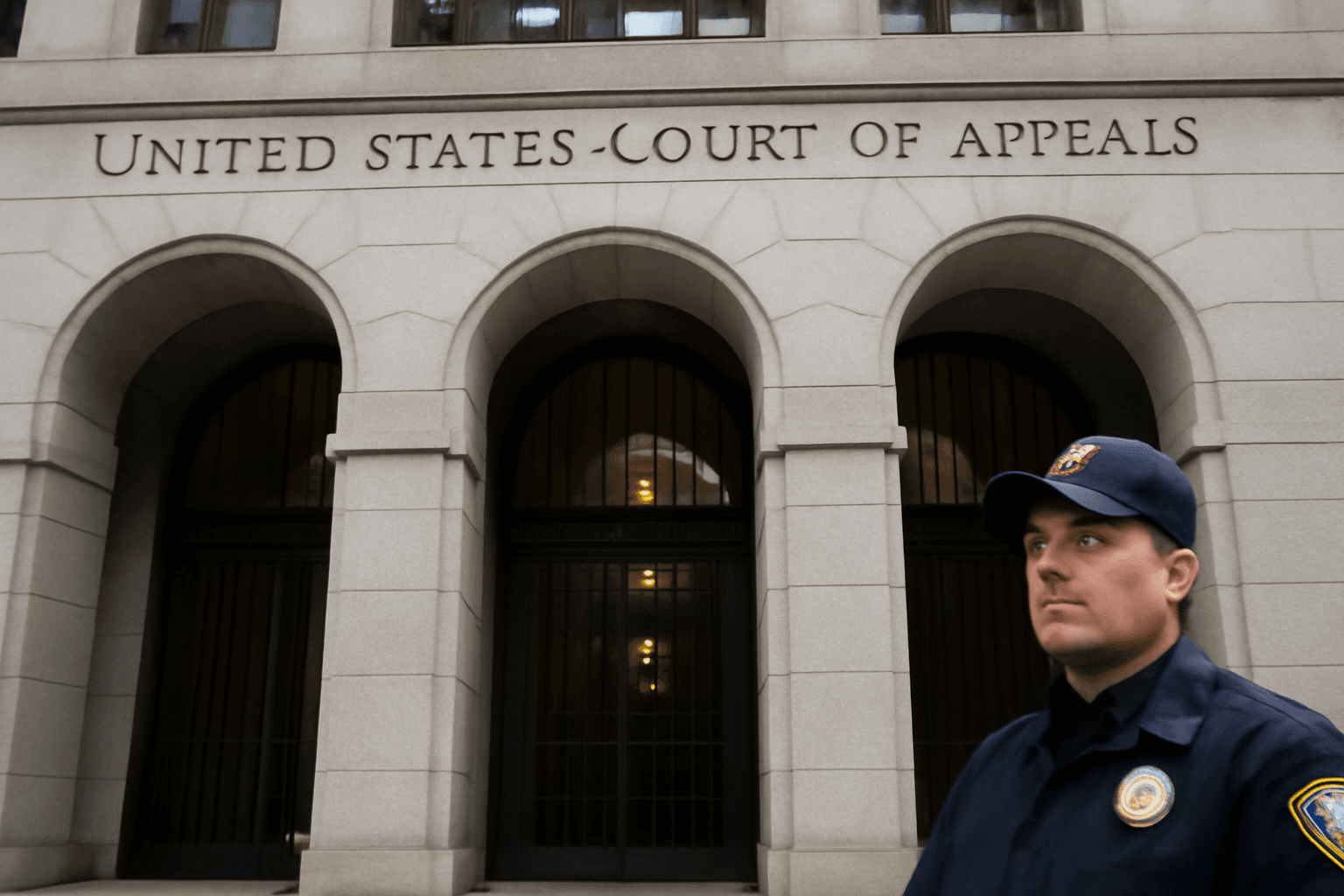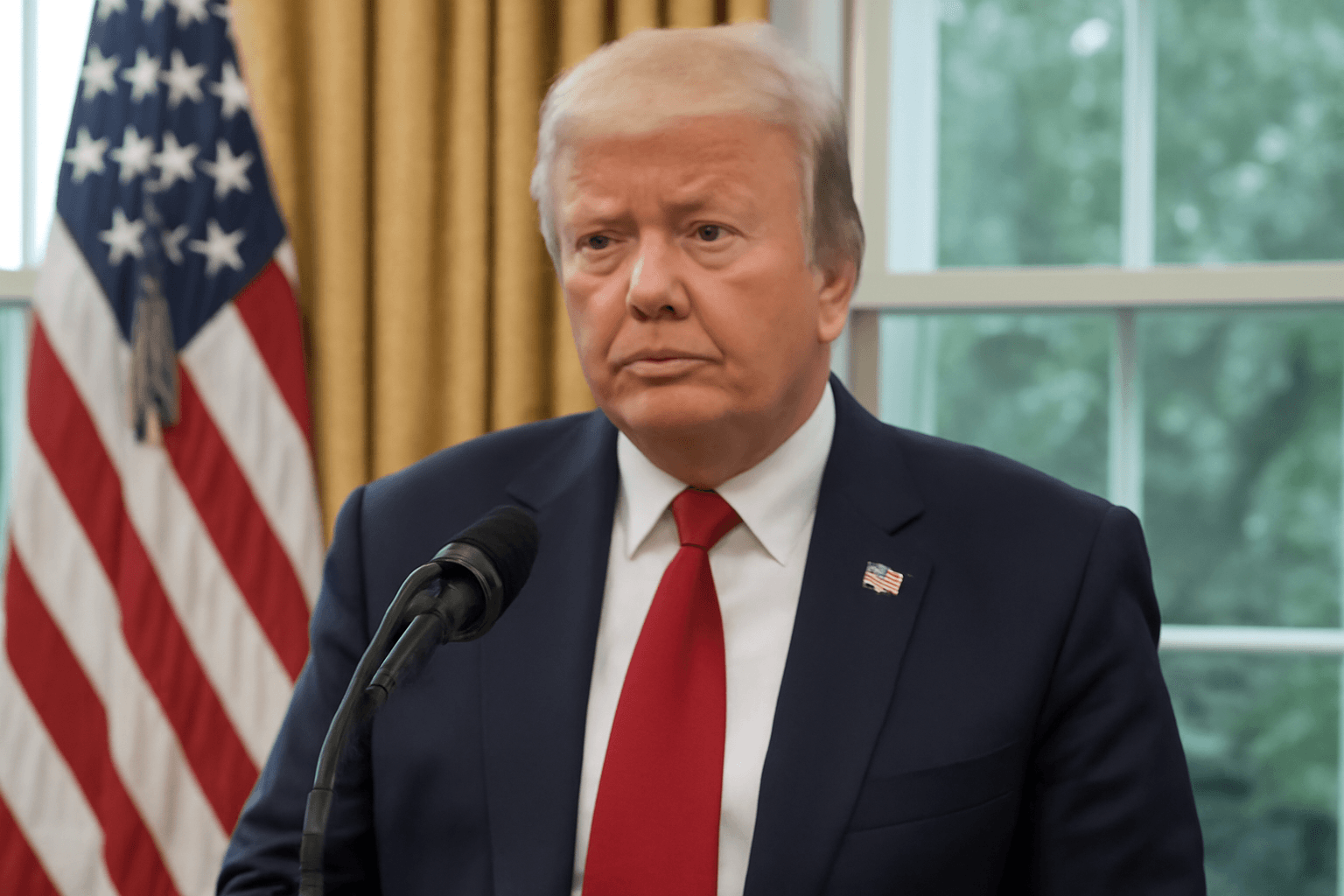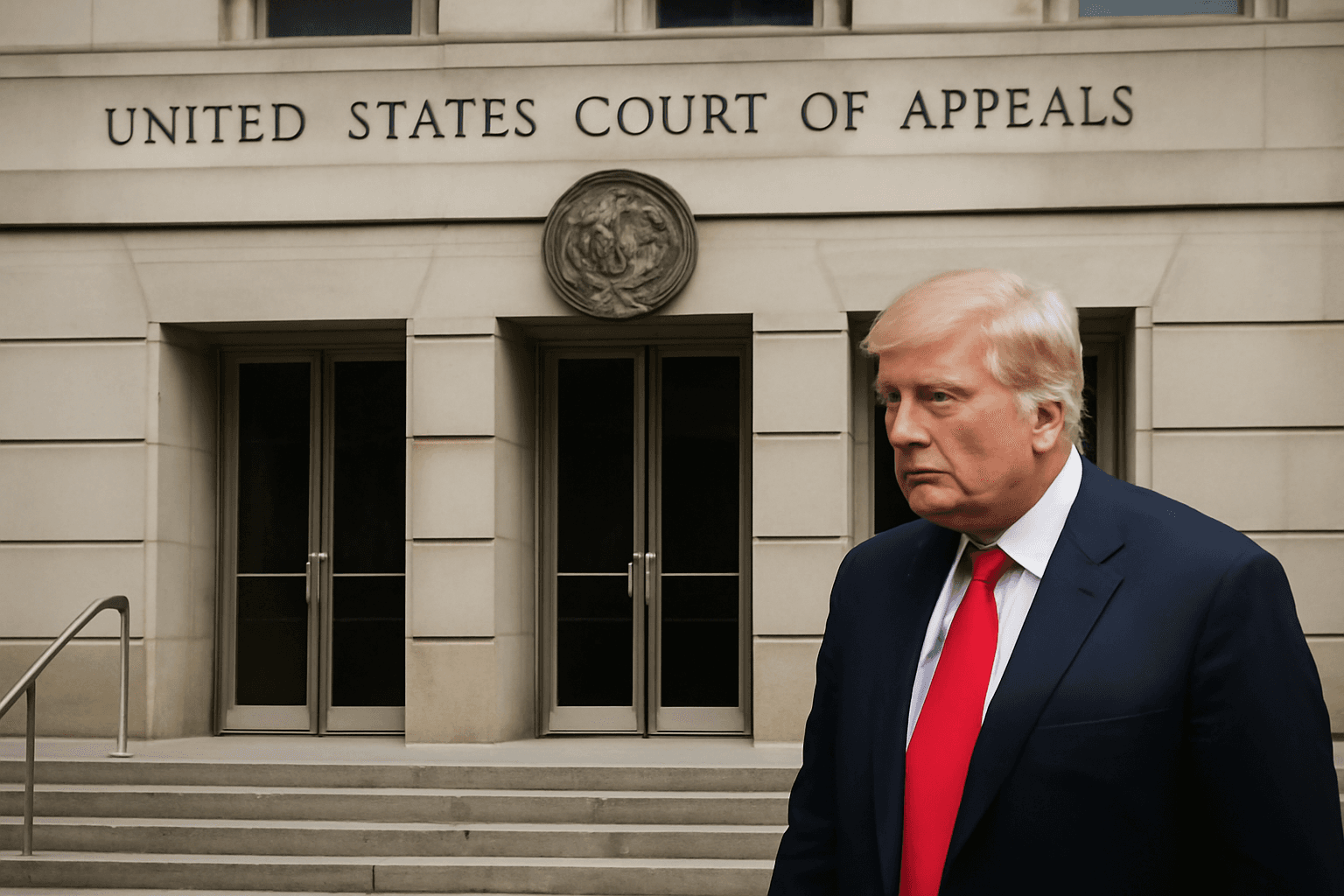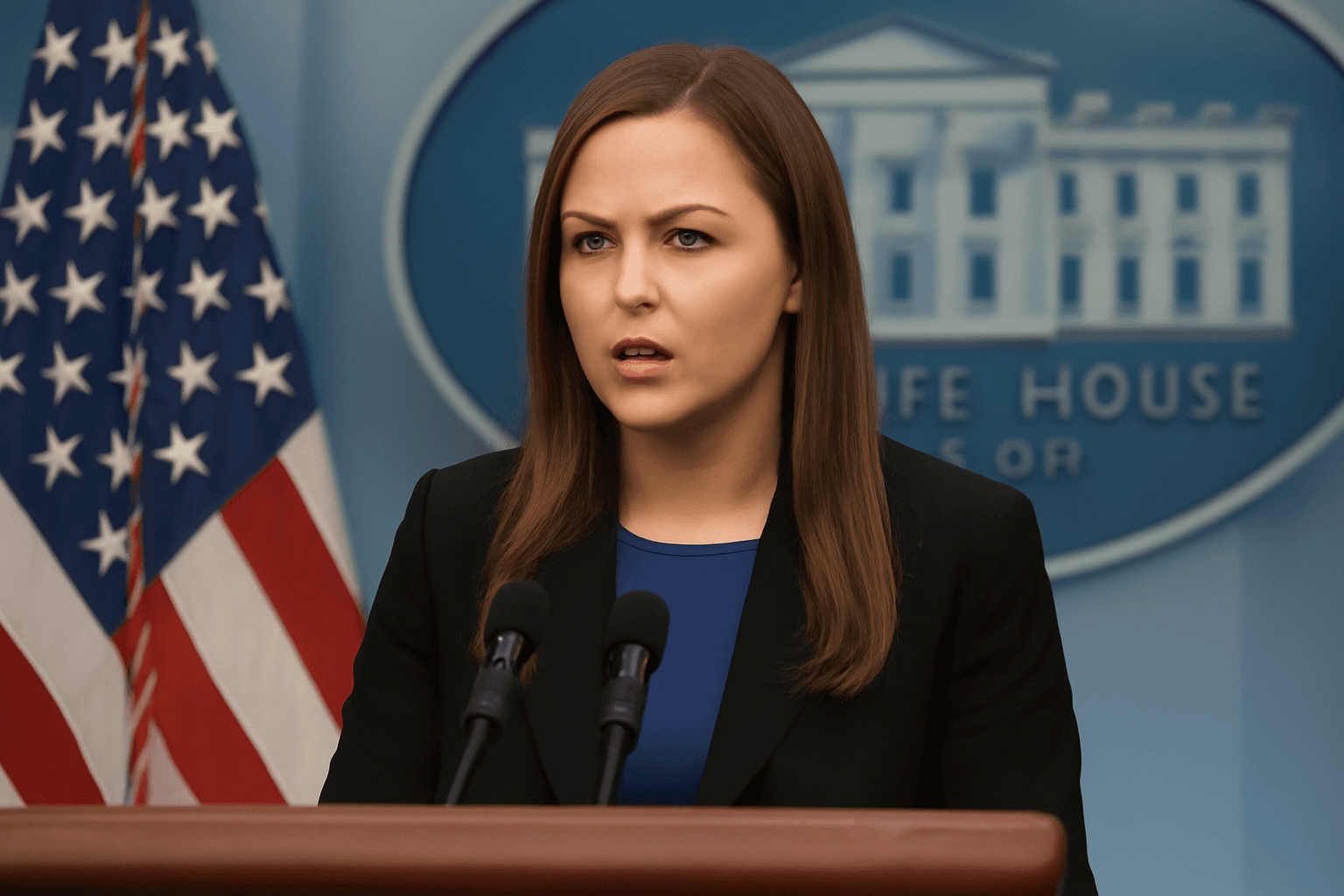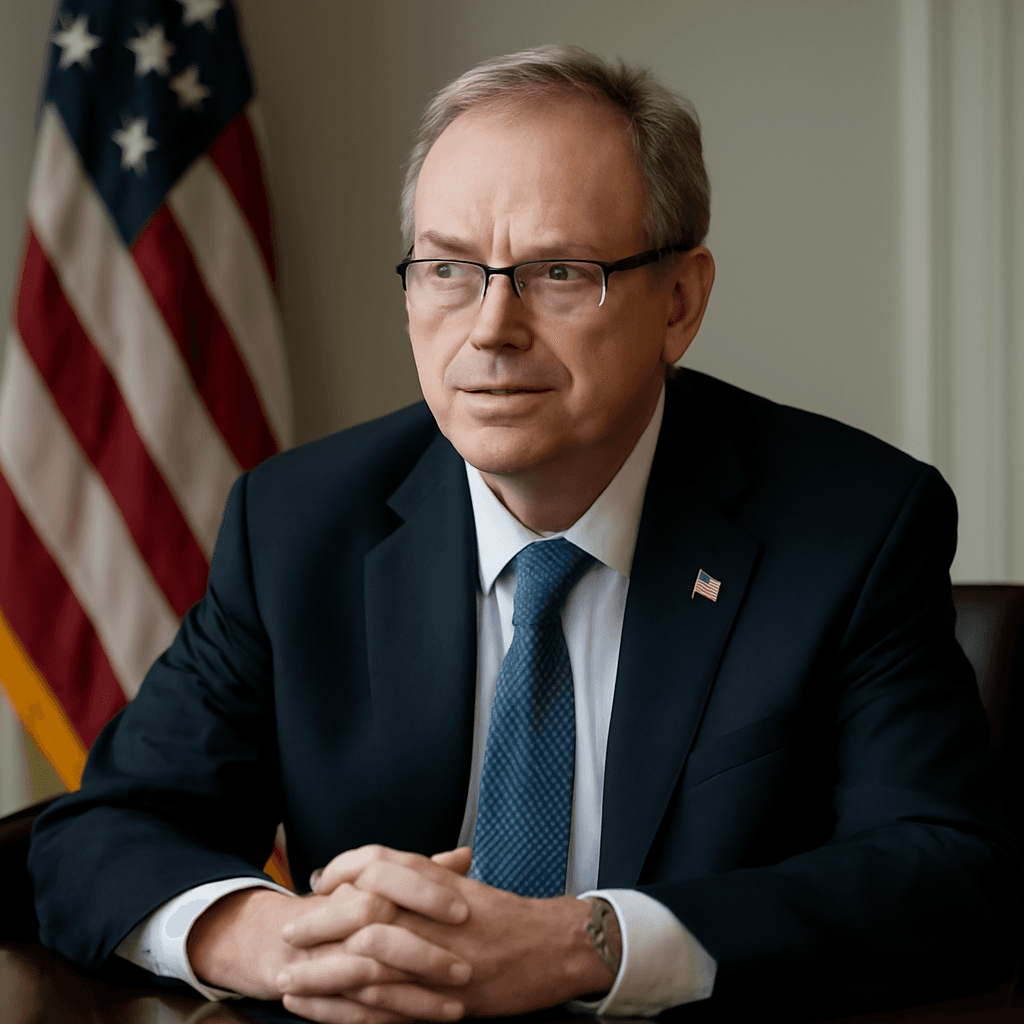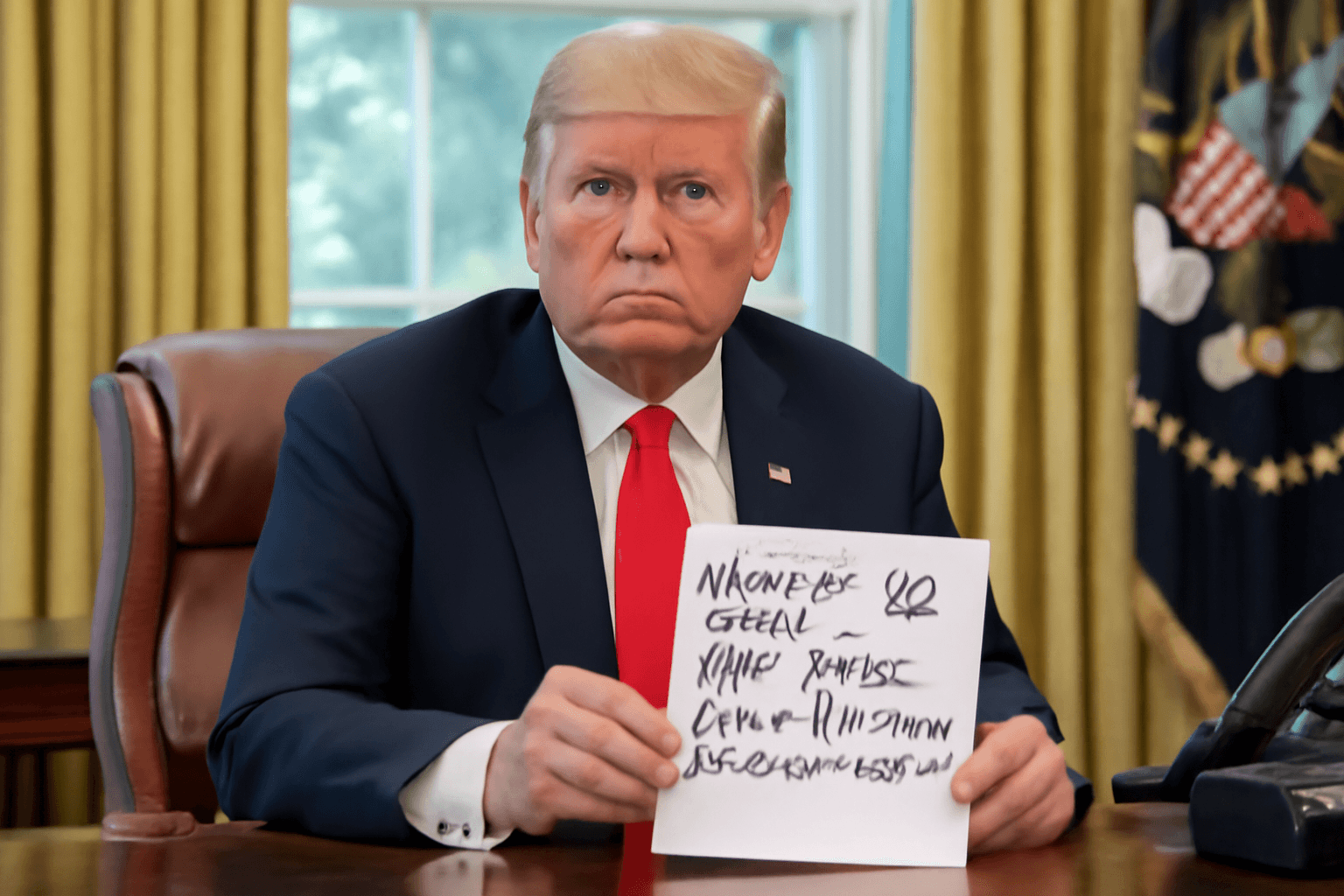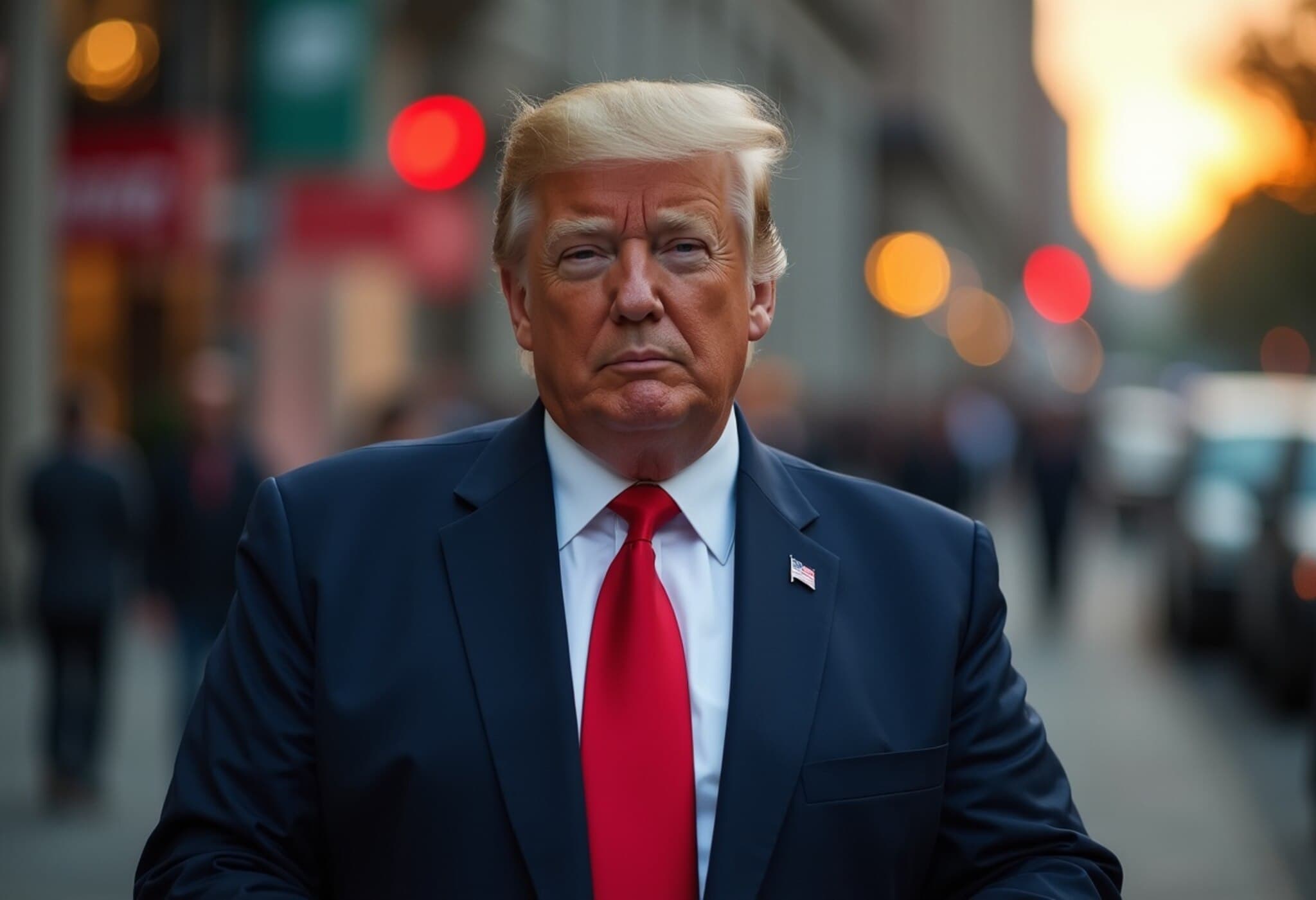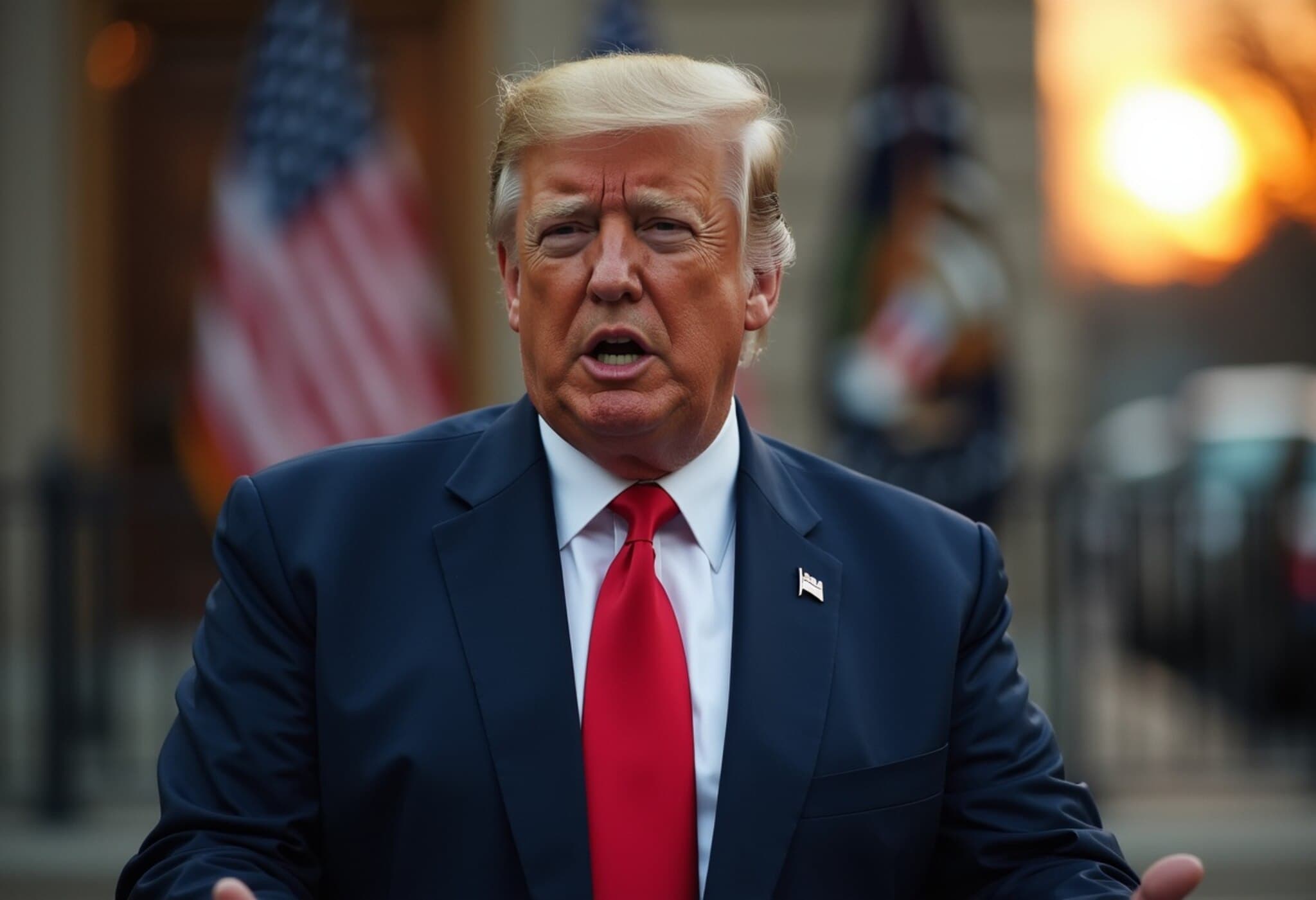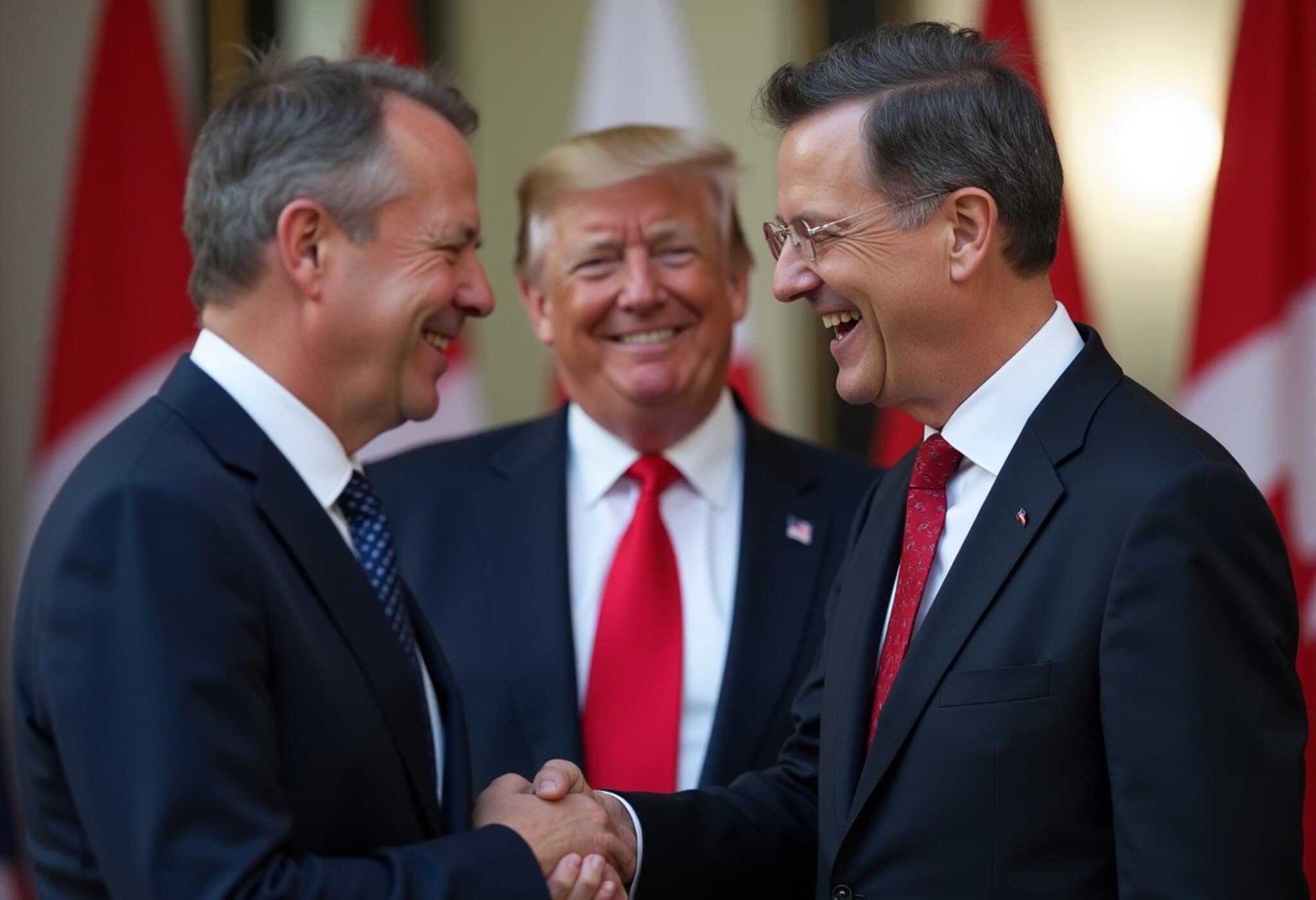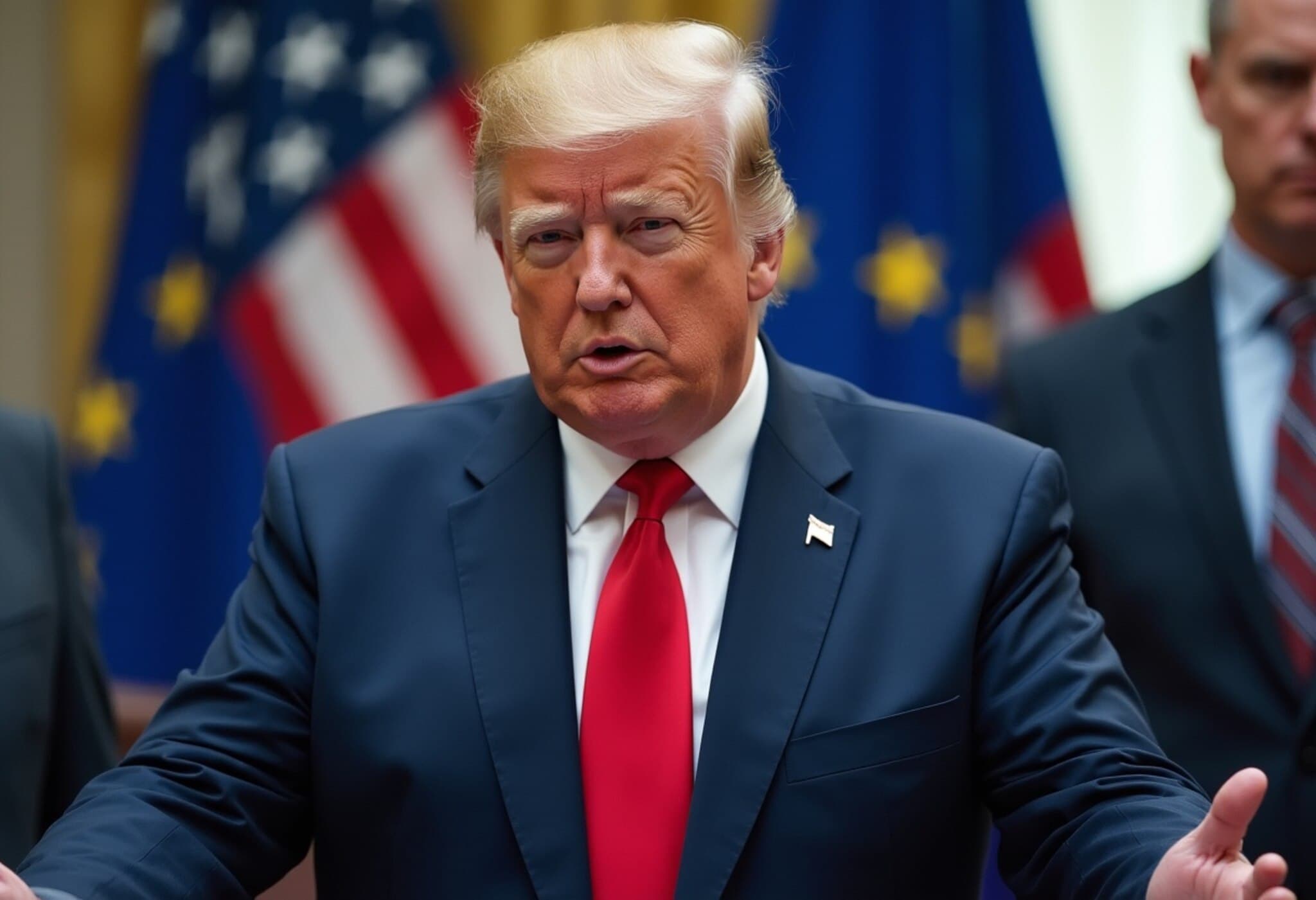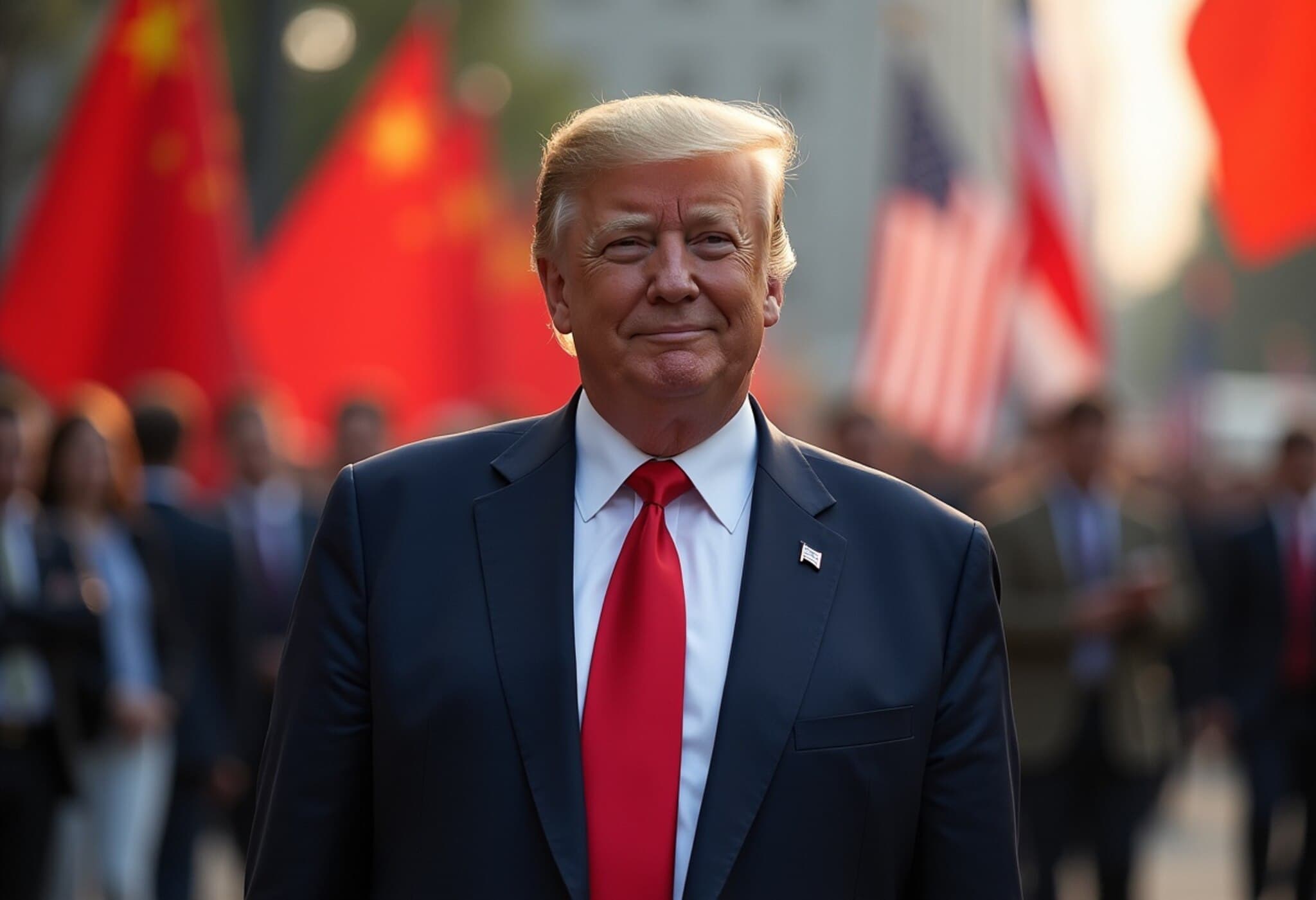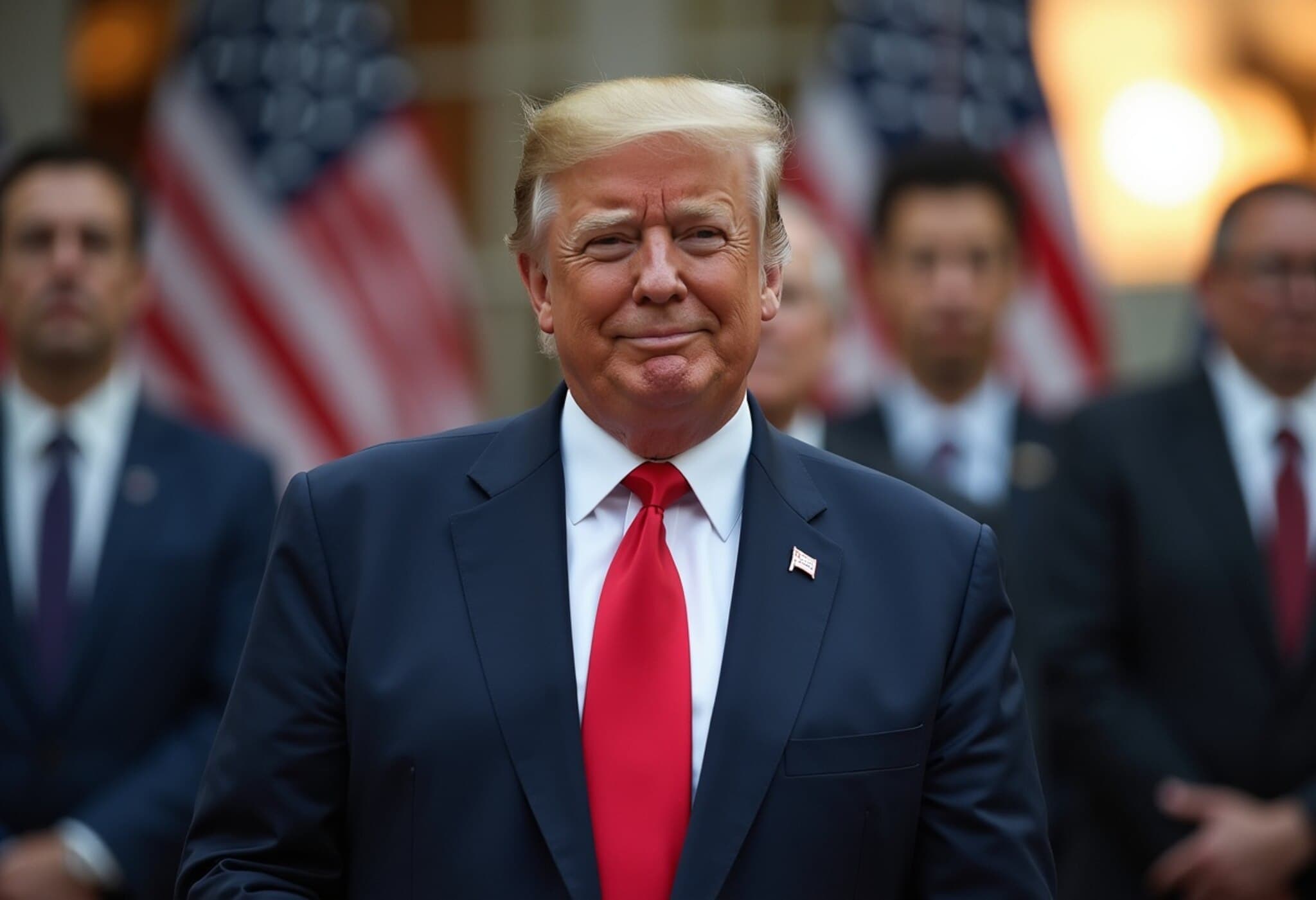Trump Unveils Largest Ever U.S.-Japan Trade Deal Amid Political Shifts
In a landmark announcement on July 22, 2025, U.S. President Donald Trump revealed what he described as the "largest deal ever" with Japan, spotlighting a sweeping trade agreement that features a reciprocal 15% tariff on Japanese exports to the United States. This deal, touted to inject $550 billion in Japanese investment into the American economy, promises to significantly reshape bilateral trade relations between two of the world's largest economies.
Key Provisions of the Agreement
- Reciprocal 15% Tariffs: Both countries will implement tariffs on certain exports, marking a strategic shift after a series of tariff threats this year.
- Japan’s Market Opening: Japan commits to opening its markets to a broader range of American products, including automobiles, trucks, rice, agricultural goods, and more.
- Investment Commitment: Japanese investors will channel $550 billion into the U.S., with an estimated 90% of profits anticipated to benefit the American economy.
- Job Creation: The deal is expected to stimulate "hundreds of thousands" of new employment opportunities in the U.S.
- Additional Energy Deal: An agreement covering liquefied natural gas (LNG) trade is also in the pipeline, expanding energy cooperation.
Contextualizing the Deal: Political Undercurrents in Japan
This announcement comes on the heels of a significant political upheaval in Japan. Just days prior, Prime Minister Shigeru Ishiba’s governing coalition suffered a majority loss in the upper house elections — an unexpected result that raised concerns over Japan’s negotiating leverage in the trade talks. Experts suggest that this deal could bolster Ishiba’s standing, potentially stabilizing his leadership amid internal party pressures.
According to HSBC analysts, "For Prime Minister Ishiba, a favorable U.S. trade agreement could help deflect no-confidence motions and internal party challenges." Despite the setback, Ishiba has stated his intention to remain in office while monitoring the progression of these critical tariff negotiations.
Economic and Policy Implications
Brian Jacobsen, chief economist at Annex Wealth Management, remarked on CNBC, "A year ago, such tariffs would have sent shockwaves through the global markets. Today, this scaled-back approach allows both nations to breathe a sigh of relief." Jacobsen’s perspective underscores the evolving nature of trade policy amid rising geopolitical tensions and economic nationalism.
Japanese automobiles remain a vital pillar of Japan’s export economy, comprising over 28% of total shipments to the U.S. in 2024. Previous tariffs and trade disputes have already shaped this sector significantly. The new 15% tariff level, while lower than Trump’s initially threatened 25%, still marks a substantial recalibration of trade dynamics.
Looking Ahead: What This Means for U.S.-Japan Relations
The deal represents not just a trade agreement, but a recalibration of geopolitical and economic alliances in the Indo-Pacific region. For the U.S., securing Japanese investment and market access at a critical juncture aligns with broader strategic goals of diversifying supply chains and fortifying economic resilience.
President Trump hinted at additional forthcoming deals, including an unspecified European trade agreement, signaling a continued push toward reshaping global trade frameworks under his administration. The full scope and impact of these initiatives remain closely watched by economists, policymakers, and international stakeholders.
Japanese Response and Official Commentary
Japan's chief trade negotiator Ryosei Akazawa expressed heartfelt gratitude following the announcement, describing the outcome as a “#MissionAccomplished.” While details await formal publication, the positive tone suggests a collective diplomatic effort to craft a mutually beneficial agreement.
Editor’s Note
This historic trade deal arrives at a volatile intersection of political change in Japan and shifting U.S. trade policies. Beyond the headline numbers, critical questions remain: How will the tariffs affect American consumers and industries? Can Japan’s increased openness to U.S. agricultural and automotive products sustain long-term growth? And to what extent will political volatility in Japan influence the stability of this agreement? These evolving dynamics invite close scrutiny as both countries navigate an increasingly complex international trade landscape.

